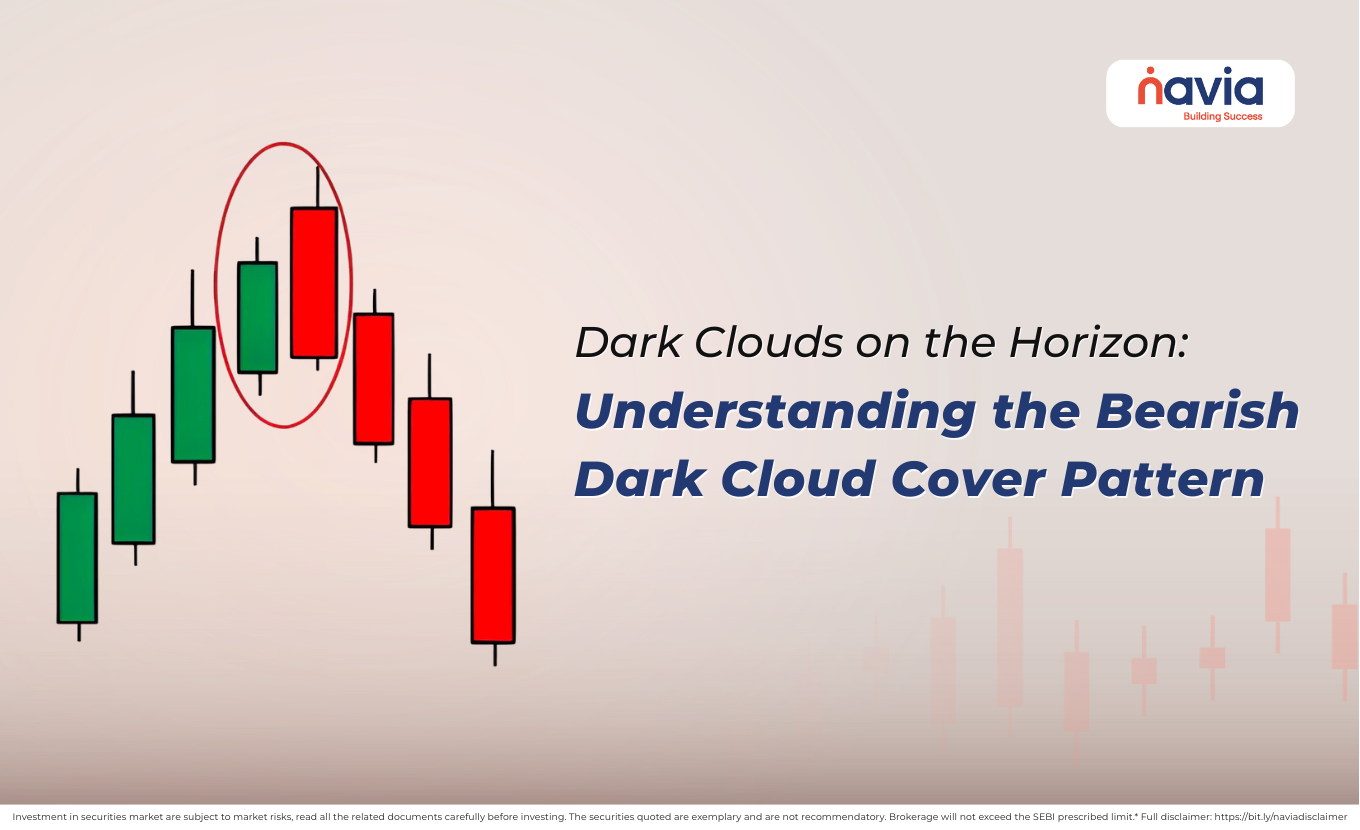Understanding Upward and Downward Price Manipulation in Technical Analysis

In financial markets, price manipulation is an unethical practice where traders or entities influence the price of a stock, commodity, or other securities to serve their interests. Understanding upward and downward price manipulation is critical for traders and investors using technical analysis as it allows them to recognize unnatural patterns and avoid costly mistakes.
What Is Price Manipulation?
Price manipulation involves artificially inflating or deflating the price of a security through deceptive practices. Manipulation can be categorized as upward price manipulation or downward price manipulation:
🔸 Upward Price Manipulation: Creating a false impression of demand to drive prices higher.
🔸 Downward Price Manipulation: Creating a false impression of supply to push prices lower.
These manipulations exploit investor psychology, often luring retail investors into buying or selling at unfavorable prices.
Techniques of Price Manipulation
| Type | Technique | Description |
| Upward Price Manipulation | Pump and Dump: Promoting a stock to inflate its price and then selling at the peak. | Promoters spread misleading positive information about the stock to create buying pressure. |
| Spoofing: Placing large buy orders to create artificial demand, then canceling them after the price rises. | Manipulators withdraw their buy orders before execution but after influencing the price upward. | |
| Churning: Generating high trade volumes to attract attention and raise prices. | Creates an illusion of strong demand, drawing more investors. | |
| Downward Price Manipulation | Short and Distort: Spreading negative rumors to lower the stock price and profiting from short sales. | False information triggers panic selling among investors. |
| Bear Raiding: Selling shares aggressively to drive prices lower, prompting margin calls and forced selling. | Exploits weak investor confidence, causing a cascading effect. | |
| Spoofing: Placing large sell orders to create artificial supply, then canceling them after the price falls. | The price drops due to perceived high selling pressure. |
How Manipulation Affects Technical Analysis
Traders relying on technical analysis must be cautious, as price manipulation can distort key patterns and indicators:
1. False Breakouts: Manipulators may create breakouts above resistance or below support to trigger stop-loss orders or attract new buyers/sellers.
2. Exaggerated Volume Spikes: Artificially inflated volumes may deceive traders into believing in a breakout or reversal.
3. Fake Trends: Sustained price moves caused by manipulation can mimic genuine trends, leading to false signals.

Real-Life Examples of Price Manipulation
Here are hypothetical examples to illustrate upward and downward price manipulation and their impact on charts:
| Scenario | Description | Impact on Technical Analysis |
| Pump and Dump in Small-Cap Stock | Promoters spread rumors of a breakthrough product, causing the stock to rise from ₹50 to ₹150 in two weeks. | Traders see a breakout on high volume, but the price crashes back to ₹40 when promoters sell their holdings. |
| Spoofing in Upward Manipulation | A trader places large buy orders near ₹100, raising the price to ₹120 before canceling the orders. | The price rise creates a false bullish pattern, attracting unsuspecting buyers. |
| Short and Distort in Blue-Chip Stock | Manipulators spread rumors of poor earnings, driving the price from ₹500 to ₹400 in days. | Technical charts show a breakdown below support, but the price recovers once the rumors are debunked. |
| Bear Raiding in a Volatile Market | Aggressive selling drives a stock from ₹200 to ₹120, causing stop-loss triggers and margin calls. | False bearish signals appear, deterring potential buyers and exaggerating losses for current holders. |
How to Identify and Avoid Price Manipulation
🔸 Analyze Volume Patterns: Sudden, unexplained spikes in volume without corresponding news may indicate manipulation.
🔸 Cross-Check News Sources: Verify any claims from credible sources before acting on market rumors.
🔸 Avoid Illiquid Stocks: Small-cap or illiquid stocks are more prone to manipulation due to lower trading volumes.
🔸 Use Multiple Indicators: Avoid relying on a single indicator like moving averages; use a combination to confirm trends.
🔸 Monitor Order Book Activity: Watch for spoofing patterns, such as large orders that don’t execute.
Conclusion
While upward and downward price manipulation pose significant risks, understanding these tactics can help traders and investors make informed decisions. Always remember, markets may not always reflect the true value of an asset due to these manipulative activities.
Stay informed, trade wisely, and trust data-driven insights over rumors.
Do You Find This Interesting?
DISCLAIMER: Investments in the securities market are subject to market risks, read all the related documents carefully before investing. The securities quoted are exemplary and are not recommendatory. Brokerage will not exceed the SEBI prescribed limit.






